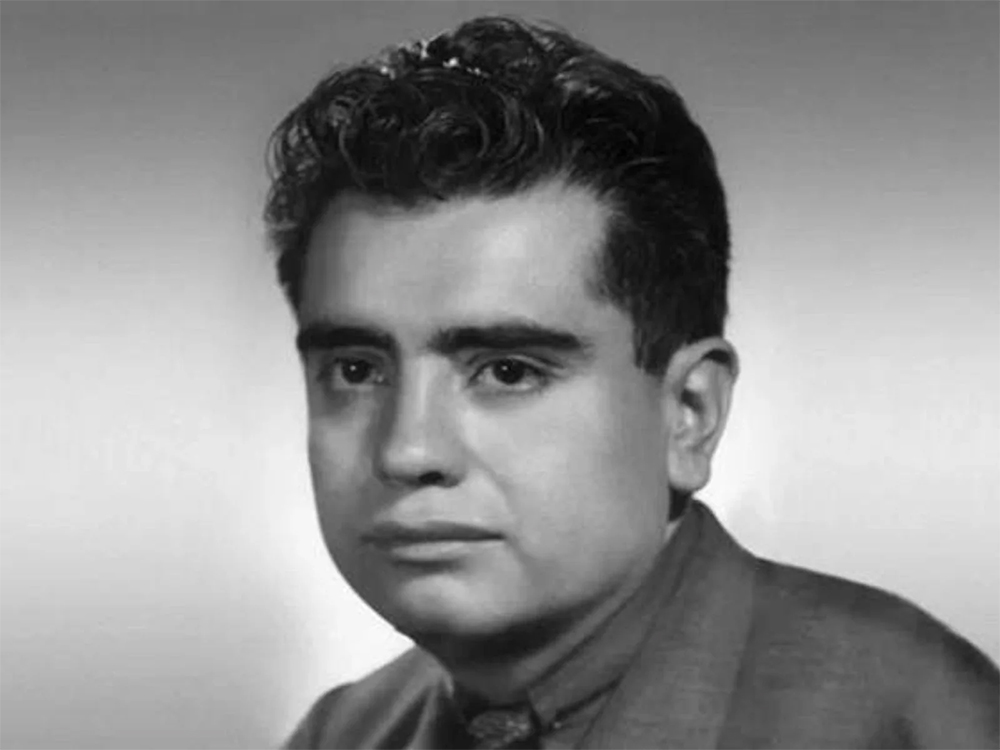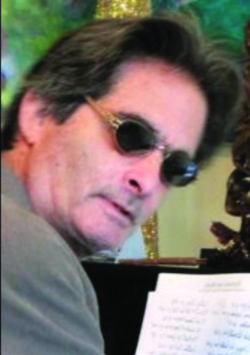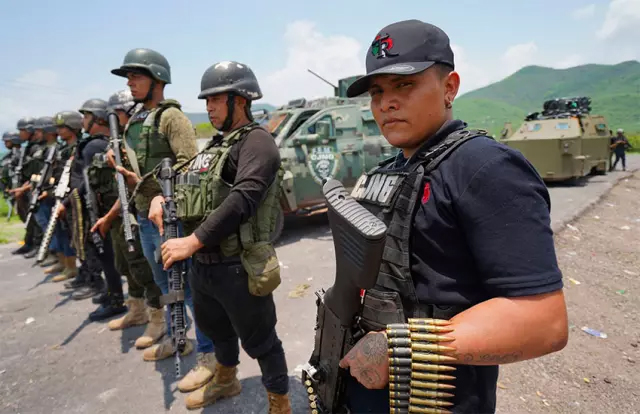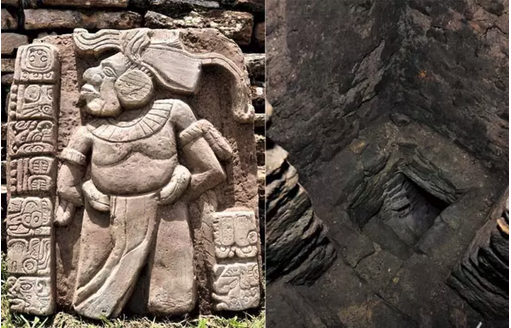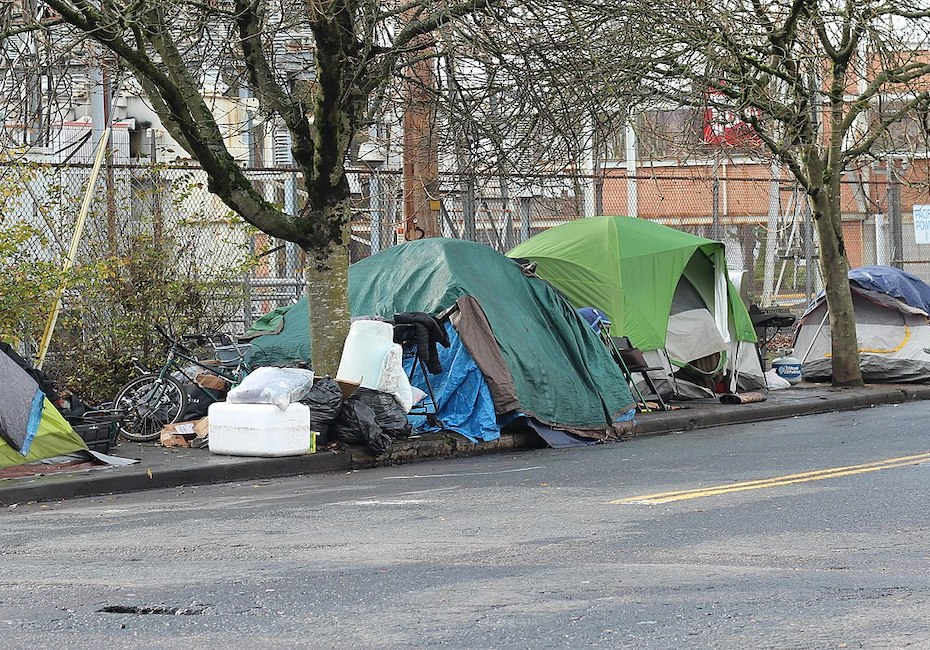Learn the complete story of José Pablo Moncayo, author of the most famous Huapango in Mexico, considered a second national anthem
Shared/by Mexico Desconocido
José Pablo Moncayo is one of the most renowned Mexican composers of all time; His best-known work “El Huapango de Moncayo” is one of the famous classics of Mexican music. Check out his full story below.
The famous Mexican composer and conductor, José Pablo Moncayo, is an icon of Mexican musical nationalism of the 20th century. The main inspiration for his work was nature and it is reflected in the work carried out by the artist between 1931 and 1958.
Moncayo’s repertoire is broad and virtuous, ranging from pieces for piano, singing, trios and instrumental duets, quintets, sextets, chamber orchestra, ballet suite, choral opera, film music and symphony orchestra.
Learn about his life and what you can find of his work at the Fonoteca Nacional. Also know what his most important pieces were and everything about the Huapango de Moncayo, a pinnacle work that became a Mexican icon.
The story of José Pablo Moncayo, Mexican composer
José Pablo Moncayo García was born in Guadalajara, Jalisco on June 29, 1912 and died in Mexico City on July 16, 1958.
His first experience with music came when his father, a carpenter, was paid with a harpsichord. José Pablo Moncayo was six years old when his family moved to Mexico City and he began his musical life taking piano lessons with maestro Eduardo Hernández Moncada (iconic musician of the post-revolutionary years in Mexico) and entered the National Conservatory of Music at the age 17 in 1929.
Su primera experiencia con la música llegó cuando a su padre, carpintero, le pagaron con un clavecín. José Pablo Moncayo tenía seis años cuando su familia se mudó a la Ciudad de México y comenzó su vida musical tomando clases de piano con el maestro Eduardo Hernández Moncada (icónico músico de los años posrevolucionarios en México) y entró al Conservatorio Nacional de Música a la edad de 17 años en 1929.
Moncayo en el Conservatorio Nacional de Música
Durante esta etapa de su juventud, José Pablo Moncayo trabajó como pianista de jazz en cafés y acompañante en la radio para solventar sus estudios y contribuir a la economía familiar.
En su paso por el Conservatorio Nacional de Música, Moncayo fue discípulo de grandes maestros además de Hernández Moncada. Tuvo a Salvador Novo y Carlos Pellicer Cámara como profesores de literatura, también fue alumno de José Rolón; quien había recibido la formación de la pedagoga musical más importante de todos los tiempos: Nadia Boulanger.
Como profesor de Armonía, contrapunto y fuga tuvo al maestro Paul Dukas, autor de Aprendiz de Brujo; la mítica pieza que Disney utiliza en Fantasía 2000.
José Pablo Moncayo estuvo bajo la tutela del maestro Carlos Chávez, quien fue compositor, director de orquesta, profesor y periodista mexicano, además de ser el fundador de la Orquesta Sinfónica de México.
Se dice que esta “clase de creación musical” se convirtió en un “taller de composición”, donde los alumnos del maestro Chávez se convirtieron en sus colegas. Según la historia, estas clases iniciaron alrededor de 1930 y en 1931, Moncayo se incorporaría a la Orquesta Sinfónica de México como pianista y percusionista.
A partir de 1936, José Pablo Moncayo asumiría 5 veces el papel de director de la Orquesta Sinfónica de México, además de haber sido subdirector y director artístico de la misma.
Los Cuatro, el grupo del movimiento musical nacionalista
La historia dice que fue el maestro Carlos Chávez el responsable de unir a José Pablo Moncayo con sus contemporáneos Daniel Ayala, Salvador Contreras y Blas Galindo, creando en 1935 una agrupación llamada “Los Cuatro”; que se encargó de llevar sus composiciones con espíritu nacionalista a la relevancia internacional, especialmente en suramérica.
mexicodesconocido.com.mx De izquierda a derecha: Contreras, Ayala, Moncayo y Galindo.
En 1942 fue becado por el Instituto Berkshire y a su regreso asumió la dirección de la Orquesta Sinfónica de México, que luego se llamaría Orquesta Sinfónica Nacional. También fue director de la Orquesta del Conservatorio.
A lo largo de su vida y carrera, Moncayo fue profesor de composición y dirección en el Conservatorio Nacional de Música, además de otras asignaturas en la Escuela Superior Nocturna de Música y la Escuela de Iniciación Artística.
El maestro José Pablo Moncayo falleció un 16 de junio de 1958 a la edad de 46 años. Sus restos fueron depositados en la Rotonda de las Personas Ilustres el 22 de noviembre del 2012.
Obras cúmbres de José Pablo Moncayo
Moncayo ahondó en infinidad de expresiones musicales y su obra es extensa. Estas son sus piezas más destacadas:
Sonata para violín y piano, Sonata para viola y piano, Amatzinac (flauta y cuerdas), Sonata para violín y Violonchelo, Trío para flauta, violín y piano; el famosísimo Huapango de Moncayo, un poema sinfónico.
También están La Mulata de Córdoba, Muros Verdes, Sinfonía, Sinfonietta, Cumbres, Tierra de temporal, Bosques y la obra Tierra, su único ballet.
En sus últimos días, el maestro José Pablo Moncayo dejó inconcluso un concierto para piano y orquesta dedicado a su esposa.
¡Conoce la historia de la pieza más famosa de José Pablo Moncayo aquí!
José Pablo Moncayo en la Fonoteca Nacional
El Huapango de Moncayo, una de las obras del movimiento musical nacionalista más reconocidas de la historia y que se convirtió en un símbolo de nuestro país, puede ser apreciado en la Fonoteca Nacional en la ejecución de orquestas nacionales e internacionales; como la Orquesta Sinfónica Nacional bajo la dirección del maestro Carlos Chavez o la Orquesta Filarmónica de Rotterdam.
La Casa de los Sonidos de México puedes encontrar transmisiones radiofónicas de la Orquesta de la Universidad interpretando obras de Moncayo, así como las piezas Bosques, Cumbres, Muros Verdes y Tierra Temporal.
Además puedes encontrar piezas que se consideran inéditas como la canción para coro llamada La Canción del Mar y Cuento de la Potranca, creada para la película mexicana Raíces de Benito Alazraki, filme de corte indigenista basado en el libro de cuentos El Diosero, de Francisco Rojas.

